For many of us, 2020 has been a year to forget – but it’s been a great time for eCommerce, with buying and selling online at an all-time high.
Worldwide retail e-commerce sales are predicted to reach $4.13 trillion by the end of the year, and by 2021, this jumps to $4.9 trillion.
But with warnings of a recession around the corner, what are the best products for online selling in uncertain times?
Savvy online sellers are sourcing products that sold well during 2020 and are likely to do so in coming years, too – the things that people will continue to buy, no matter what the world economy is doing.
However, it can be tricky to identify a recession-proof product that really captures buyers’ attention and makes your online store stand out from the crowd.
You can get pretty much anything online already, so product markets are saturated, and competition is fierce. Meanwhile, consumers demand convenience and excellent customer service, more than ever before.
As well as finding the most appealing products to offer, you need to develop a smart strategy to successfully market them, sell them, and deliver them to your customers.
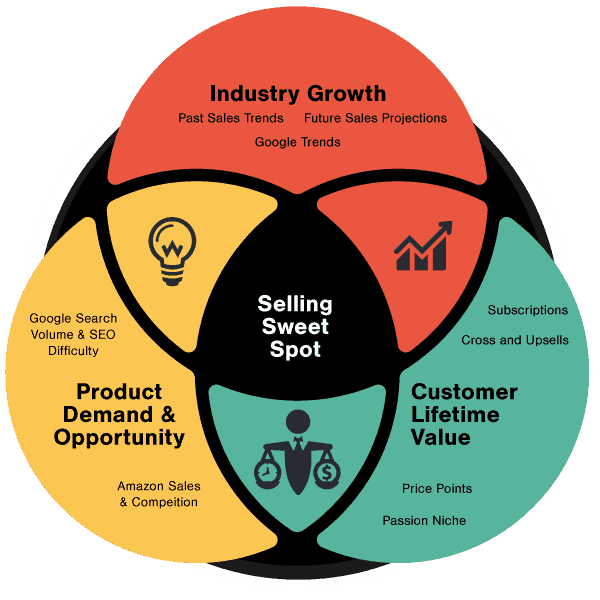
Types of Products to Sell Online
Products are broadly divided into two categories: commoditised products and niche products.
Commoditised products are essential goods or services in high demand. Because the products are very similar no matter where they are sold, pricing becomes the only differentiation. This makes it harder for smaller businesses to compete with big players.
Niche products are goods or services that fit a particular category and cater to a specific customer base, such as handmade or customised items. As they are not widely available, they can give your eCommerce site a competitive advantage.
Selling a combination of the two will help you reach more consumers, as your eCommerce website will be a convenient choice for customers looking to buy both types of product.
Because you’re selling online rather than in a physical store, you also need to think about storage and shipping. Larger items take up more space and cost more to deliver. Do you want to pass those costs on to the customer? Very fragile items are also difficult to ship.
Over the past year, certain products have seen an increase in online sales, partly due to the current worldwide situation and somewhat due to ongoing trends.
Here are some products that have performed well recently on online selling sites to give you some business ideas for the years ahead:
1. Food and drink.
Home deliveries of food, especially health-conscious and organic foods, have increased as people care more about what they eat, but have less time to buy and prepare it. This category also includes dietary supplements and niche foods to suit special diets, such as vegan or gluten-free. Deliveries of craft beverages are also popular.
2. Subscription boxes.
Subscription boxes are huge right now. Covering not just the food and drink market, but also grooming, hobbies, and accessories, you can create a subscription box around any passion. Customers are excited to receive their box each month, and there are plenty of bloggers and influencers who cover subscription-based products.
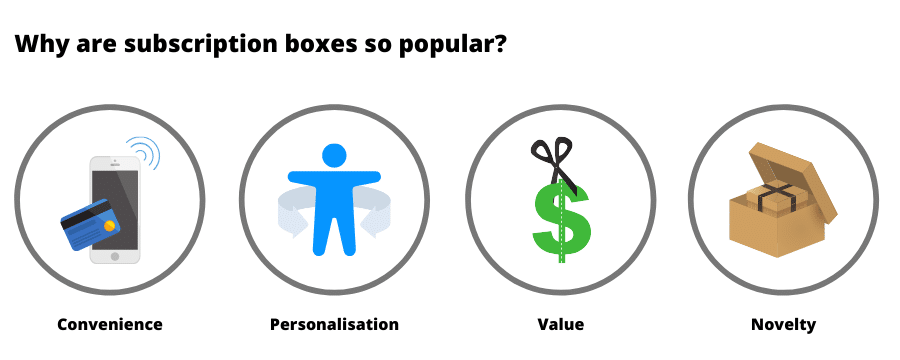
3. Exercise at home.
Instead of going to gyms, consumers invest in exercise bands, yoga and Pilates mats, and more – because exercising from home is convenient and saves money in the long run.
4. Eco-friendly products.
Water bottles and reusable coffee cups are a growing trend, as part of the war on single-use plastic. Upcycled, second-hand, and vintage products also fit the eco-friendly lifestyle.
5. Cruelty-free beauty.
This taps into the continuing vegan and environmentally-conscious trend, as well as people carrying out their own beauty services (nails, facials) at home.
6. Journals and planners.
People are recording their 2020 experiences and dreaming of a time when they can get back to travelling. So, they’re buying notebooks and related supplies like stickers, pens, and bookmarks.
7. Low-tech leisure.
Online sales of jigsaw puzzles and board games increased. That’s as people started to spend more time at home and discovered the joy of reconnecting with family over a childhood favourite or a new game.
8. Print on demand.
Used mainly for T-shirts and posters that help customers show their support for an ideology or passion, this is an ideal market for smaller online retailers and business owners who don’t have the budget or space to buy stock in bulk.
9. Pet products.
The pet industry is already worth nearly $100 billion, and pet owners will buy almost anything for their beloved companions, from practical items to treats and costumes.
10. Handmade crafts.
Unique offerings and personalised customer service are always appealing, but there’s been a recent uptick in support for independent local small businesses.
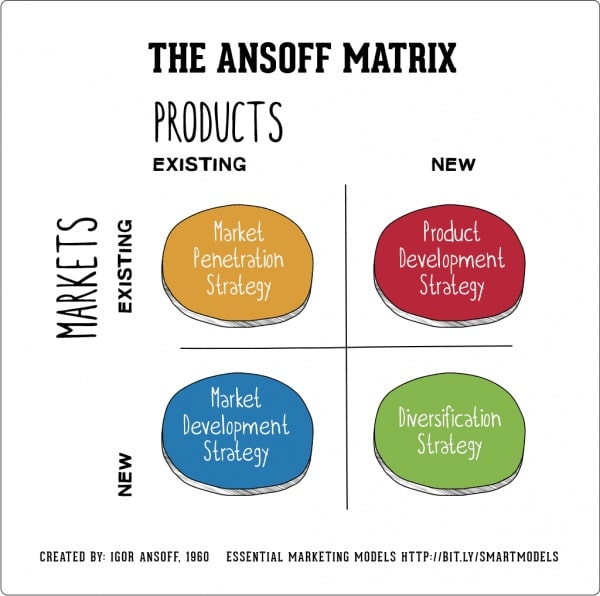
How to Choose Products to Sell
Wouldn’t it be great if you could confidently predict the next big thing in retail, and start selling it before anyone else? Sadly, it’s not as simple as that – but there are plenty of ways to identify recession-proof products.
Looking at the list in the previous section will give you a few ideas, and help you work out which products might have peaked and which will continue to grow in popularity.
Here are some further handy hints you can follow when deciding what to sell online.
1. Find a gap in the market.
If you can identify a product that solves a problem or addresses a particular need, your online shop is on to a winner.
Think about your own lifestyle, hobbies, career – is there something that would make your life easier in some way? Ask your friends and family the same question. You could even set up focus groups online to access a wider range of views and ideas.
Coming up with a completely new product would be great, but it’s not the only way to be an innovator. You could look at an existing product and consider enhancing or improving its features or finding a unique digital marketing strategy.
It helps to look at new or current products from the customer’s point of view – how will it benefit them, and why should they part with their hard-earned money at the checkout for it?
2. Maximise branding potential.
Creating a recognisable and memorable brand and online presence is important, as it will be easier to build a loyal customer base.
The look of the product and packaging would help if you thought about how you’ll design your website and marketing materials to reflect the branding. And ensure that you extend this theme across all the platforms or channels you use.
Customers need to relate to your brand – if they love it, they’ll not only become loyal patrons, but they’ll also be your most important brand ambassadors.
To enhance your business’s expansion potential, it’s a good idea to sell products that are conducive to upselling and cross-selling.
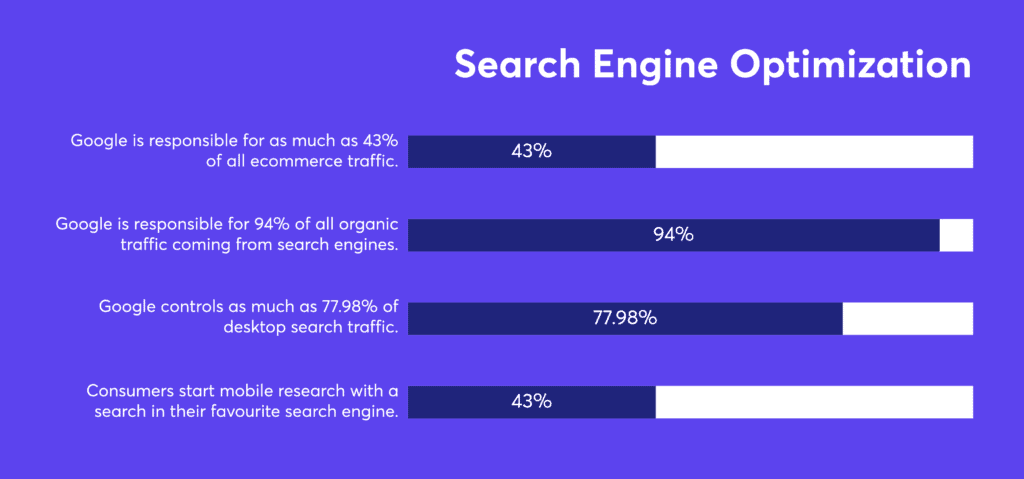
3. Tap into the trends.
While you don’t want to be seen as a copycat, it really pays to take advantage of emerging markets. It’s not about bandwagonism – it’s about staying up to date with trends and tapping into them while they’re popular.
It’s important to analyse the latest data, and there are plenty of tools to help you do this. For example, Google Trends provides data based on the popularity of your chosen search term in Google over a period of time.
You can also use keyword analysis with other search engines, and look at online forums and comments. Search for “online selling sites the UK” and see which names come up first and what they did to boost their rating.
Look at the top-selling products sold by the big online stores – and check out what’s trending on Pinterest, where people go to find new ideas and products.
4. Use your passion.
Selling something you love is a perfect way to enhance your business. If you are passionate about what you do, it won’t feel so much like hard work!
Your passion will be obvious to your customers – they will know you’re authentic and not just trying to make a fast buck. You’ll also be better at marketing the product to others if you truly believe in its value.
However, don’t make the mistake of trying to sell products based purely on your own interests. They will only sell if there’s a market for them, so do the research first.
5. Cater to a niche market.
Serving a niche segment means you’re providing something of value to a very passionate audience, who will buy these products no matter what happens to the economy.
They are likely to be highly-engaged, which should translate into a higher conversion rate. You could choose to sell products that already have dedicated blogs or fan pages.
6. Keep an eye out for opportunities.
Don’t become complacent just because some products are doing well. Always look for expansion opportunities such as cross-selling and upselling. Use your imagination, and keep on top of what’s happening in the wider world, not just retail.
Make use of hints and tips from others who have made a success of their eCommerce business – there are plenty of these available online.
Tips to Start Selling Products Online
So, you’ve done the market research, and you’ve decided on a recession-proof product to sell online. There are still plenty of other aspects you need to finalise before you can get started.
One of these is pricing, and this will depend on the type of product. Luxury, handmade, or customised goods can command a high price, whereas commodities need to be competitive. You should also consider payment gateways, remembering that transactions with credit cards or PayPal may incur extra charges.
It goes without saying that you must ensure your online business complies with licensing laws and that you’re across details like international shipping restrictions and taxes.

1. Choose your platform.
Are you going to sell your products through your own website? The advantage is that you’ll have full control over the branding and the product information, but you’ll have to pay fees for hosting and taking customer payments.
If you’re taking this option, make sure you look into the best CRM software for small businesses and startups. Then you can begin to design and optimise your eCommerce store. Use a template if you don’t have the skills to start from scratch, and make sure it has all the functionality it needs.
High-quality product content is vital, with the same overall look for every section of the site. You’ll need great imagery, showing the products in every colour, way, and from different angles. Product descriptions should reflect your branding – write in your customers’ language and think about what will motivate them to buy.
The alternative is to sell your goods through an online marketplace such as eBay or Amazon or to use a platform like Shopify or Etsy. You’ll have to relinquish some control, and the platform will take a percentage of your sales, but you’ll be selling online UK-wide, plus you get an association with a well-known and trusted name.
Many eCommerce platforms will help you to set up your own professional-looking storefront with no need for you to learn complicated coding. It’s often free to try these out. Also, don’t sleep on the more modern sales channels out there. Facebook Marketplace, Google Shopping, and more are rich avenues to explore.
2. Choose your fulfilment method.
How will you fulfil customer orders? This depends on the size and type of business.
You could use the self-fulfilment option, commonly used by people selling handmade items. You’ll have total quality control, but packing and shipping the goods yourself is time-consuming, while inventory storage can be a problem.
Instead, you could partner with a third-party fulfilment service, which takes care of all the logistics such as storage, processing, and shipping (for a fee). Or you could use dropshipping to fulfil orders without having to stock or handle the product yourself.
3. Market your products.
Your products may be amazing, but they’re not going to sell themselves! It would help if you created a smart marketing strategy to tell your potential customers exactly what you’re offering and why it’s good for them.
Putting together a pre-launch list of contacts is a great way to build anticipation for new products. Email marketing is generally a proven method of keeping your target market engaged.
Multichannel and omnichannel marketing is essential if you want to access the widest possible customer base. Take advantage of the array of channels in existence and sell or market on as many as you can. Make sure your branding is consistent across all channels.
As well as social media posts, you could also try paid-for ads on Facebook or Google – it’s an initial outlay of money, but it will be worth it to get the maximum exposure.
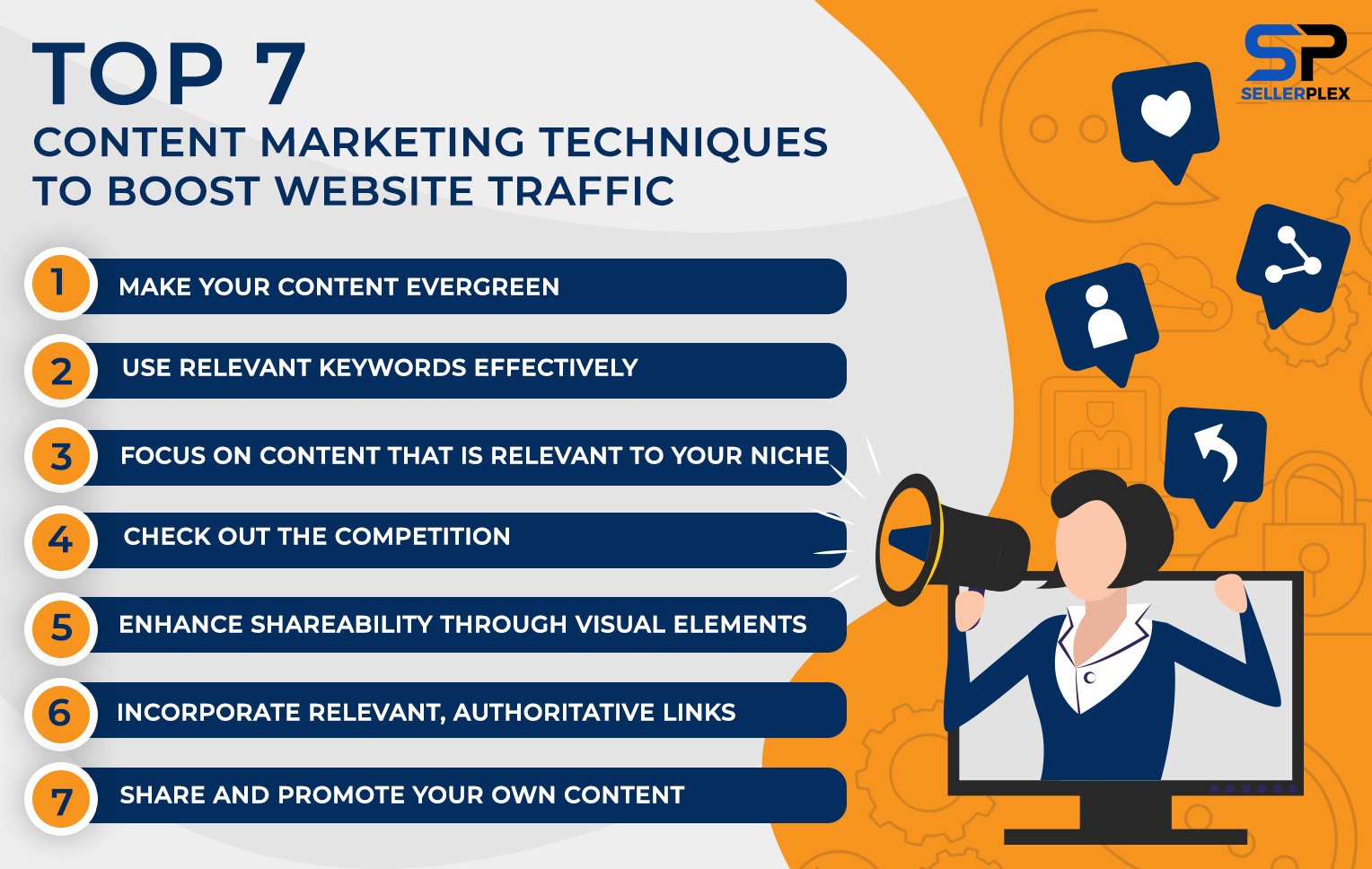
4. Boost your traffic.
Advertising isn’t the only way to bring customers to your site. There are other tricks to drive traffic, such as search engine optimisation (SEO) and keywords. For example, when you write a product description for product pages, think of keywords related to your product and make sure you incorporate at least three or four.
You can also attract and convert potential customers with special offers and personalisation options. Get in touch with shopping cart abandoners to draw them back in. Subscriptions to your product or service are also a great way to earn recurring revenue from a single sale.
Consider adding a blog to your site – this is an opportunity to tell your backstory and make people feel they know you and trust you and inform customers of new product listings, offering product updates, and tutorials.
Finally, make sure you track your growth to see how your online store performs and where you can improve.
5. Take care of your customers.
Shipping the product to the customer isn’t the end of the interaction. Keep in touch after the sale, perhaps by sending a follow-up message to check everything was OK and to ask for feedback or reviews.
Excellent customer service is vital throughout the customer journey, impacting the overall experience of doing business with you. Ensure that your customer service department’s contact details are clearly visible and easily accessible – and remember that fast response times are significant to social media users.
Security is also fundamental to online customers, so ensure you are fully compliant with data protection and keep visitors in the loop on how you plan to use their details.
Conclusion
Research, research, research: that’s the best way to identify recession-proof products and the right people to sell them to. Thorough knowledge of your potential customers and the existing marketplace is essential.
76 per cent of consumers expect companies to understand their needs and expectations, so learning about your target audience should be an ongoing challenge – use analytics to monitor sales and customer behaviour.
Use every available channel for marketing your products, and never stop looking for new opportunities to expand.
2020 has proved that nobody knows what’s around the corner, but identifying recession-proof products will help to keep your online store in business through good times and bad.

Originally published Feb 04, 2021, updated Jan 17, 2023



